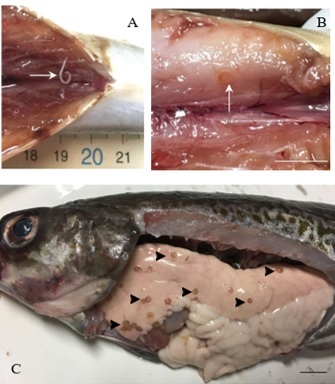MICROSCOPIC DETECTION OF HEMOPARASITE INFECTION IN GREY PARROTS (Psittacus erithacus) IN PORTUGAL
Resumo
Species belonging to the genera Haemoproteus, Plasmodium and Leucocytozoon are vector-borne parasites infecting blood cells and several organs of their hosts. These three parasite genera are commonly reported as being pathogenic and recent studies suggest that some species could sometimes be lethal, more frequently than previously reported. The prevalence of infection is closely related to the distribution of these vectors. These hemoparasites are widely described in countries with mild temperatures since their vectors need warm temperatures to survive and reproduce. Climate change, namely an increase in average temperature, increases the likelihood of the spread of these vectors and, for that reason, the spread of hemoparasites. Since there’s a lack of knowledge of the infection by haemosporidia not only in Grey Parrots (Psittacus erithacus) but also in family Psittacidae, the main objective of this study was to estimate the prevalence of haemosporidia in healthy Psittacus erithacus in mainland Portugal. A total of 70 blood samples were taken from asymptomatic Psittacus erithacus kept in private bird collections in several regions of mainland Portugal. The presence of haemosporidia was assessed by microscopic observation. Microscopic analysis revealed the presence of haemosporidian pathogens in 8 samples, accounting for a prevalence of 11.43% (8/70). This work represents an important epidemiological contribution to the captive fauna of Psittacus erithacus in this country and, to the best of our knowledge, this is the first surveillance study of haemosporidia in this species in Portugal.


